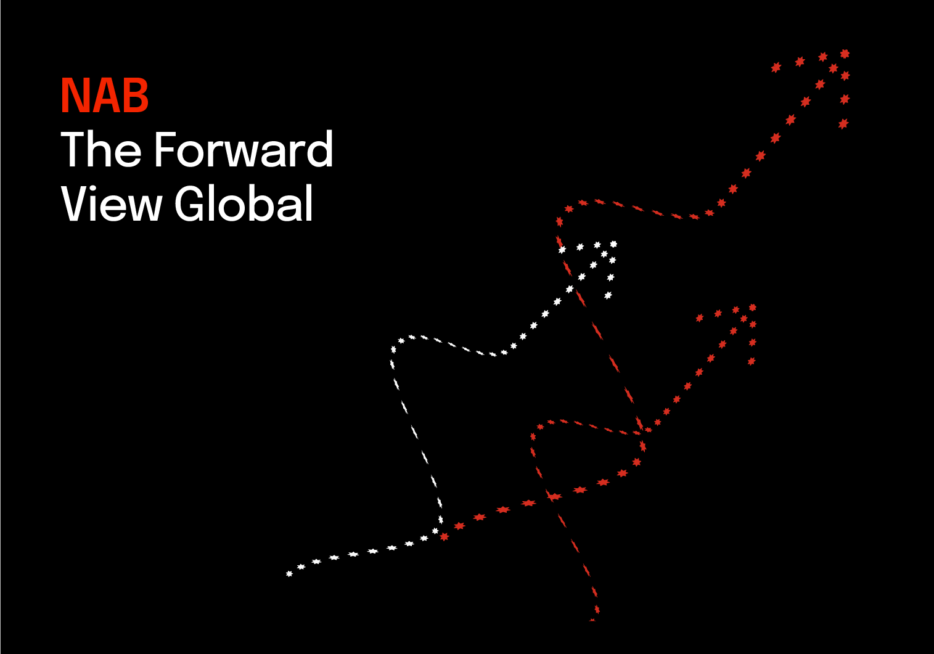Global growth headed for a H2 trough as tariffs start to bite


Insight
Our data indicates that there was a contraction in online retail sales spend in January relative to December.

Our NAB Online Retail Sales Index data indicates that there was a contraction in online retail sales spend in January relative to December. From the series history, January results have generally recorded online sales growth. However, as discussed in the December in-focus, that months result was exceptionally high given the sales event in the first few days of that month. As such, it is likely that the January result is partly due to post sales reversion. In year-on-year terms, while sales slowed a little, they are still strong, again recording double digit growth.NAB Online Retail Sales Index January 2020
The smallest sales category, takeaway food, continues to lead growth in both month-on-month and year-on-year terms. This category has grown so rapidly over the past 12 months that its share of online spend has increased from under 3% of sales to over 4%. Grocery, games and toys, and department stores have also increased their share of the index, albeit at more moderate rates of growth. While homewares and appliances recorded a sales contraction in January, it remains the largest sales category, accounting for 1 in 4 dollars spent in the online retail index. Sales for grocery and liquor were relatively flat in January. However, over the year, this mid-sized sales category has performed strongly, particularly for domestic retailers.
The three most populous states represent just over 80% of all online sales, slightly above their share of the population. Of these three states, only Victoria recorded growth in the month, with Queensland slightly negative after strong December sales, and NSW contracting heavily. WA was the only other state to record growth in the month. Victoria continues to lead in year-on-year growth terms.
Representing about two-thirds of all online sales, metropolitan areas performed more strongly than the overall result, while online sales contraction in regional areas was more pronounced, especially in regional NSW. Only Victoria and WA recorded growth in metro areas, in contrast to Tasmania, NSW, Qld. and SA. Regional sales in Tas. performed strongly in the month, with Qld. sales growth also slightly positive. In all other states, sales growth in metro areas was not as weak as in regional areas.
By merchant location, international retailers contracted at a slightly faster rate than the overall index, with domestic retailers recording a milder sales growth contraction. In the month, sales growth performance was much worse for domestic retailers in key categories of fashion and department stores. In January, while international retailers outpaced domestic retailers in the grocery and liquor category, this is a much smaller category for international retailers, and domestic retailers have outperformed in this category over the year. Sales growth in the largest sales category, homewares and appliances, had a smaller sales growth contraction in January relative to international retailers. International retailers have recorded strong growth in this category over the year, but still represent a small portion of category sales.
It is worth noting here that our definition of a domestic online retailer can include those merchants whose parent organisation might be overseas with an Australian subsidiary. Solely using GST as a key defining characteristic of domestic and international is no longer appropriate given changes made in July 2018.
For further details, please see the NAB Online Retail Sales Index January 2020.
© National Australia Bank Limited. ABN 12 004 044 937 AFSL and Australian Credit Licence 230686.